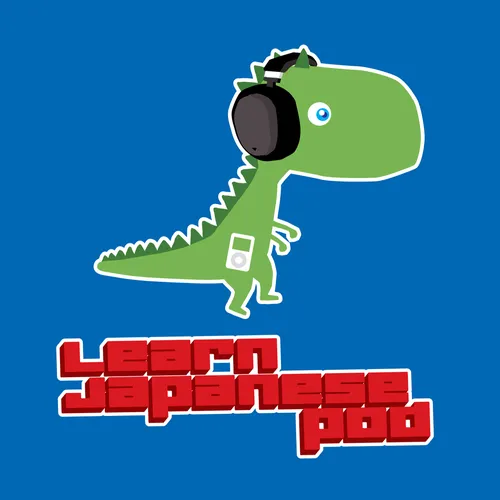Podcast 03: How to apologize in Japanese
- Author
- [email protected] (Alex Brooke)
- Published
- Wed 09 Sep 2015
- Episode Link
- https://podcast.learnjapanesepod.com/podcast-03-how-to-apologize-in-japanese/
As discussed in Top 10 Etiquette Mistakes in Japan, there are two golden rules for apologising in Japanese:
1) If it’s your fault apologize.
2) If it’s not your fault, apologize.
I’m half joking but Japanese people tend to apologize more frequently than westerners. As they say in Japan:
とりあえず謝る – toriaezu ayamaru
(Whatever happens) just apologize
In this podcast, Asuka and Alex go through the basics of apologizing in Japanese in different situations and contexts. This is perhaps one of the most important skills you will learn when studying Japanese.
Lesson goal
In this lesson you’re going to learn some various ways to apologize in Japanese and what situations to use them in naturally.
Being humble, sincere and ready to admit you are wrong are traits held in high regard in Japan. Making excuses is avoided as that can be interpreted as being selfish or childish.
Japanese are also sometimes quick to apologize for the actions of others especially if they are in the same group. Some westerners might sometimes find this hard to understand however Japanese people are highly sensitive to the group dynamic and how their actions might affect others.
So, let’s have a look at the most useful vocabulary and phrases for apologizing in Japanese.
すみません Sumimasen
This is most common way to say sorry for something. It is common for people in conversation to
pronounce it “seimasen”. However, it is also useful in a variety of other situations, for example:
1) “Excuse me” if you bump into someone on the street or just a simple apology
すみません – sumimasen
Sorry, that was bad of me
2) Getting someone’s attention such as a waiter or when you want to ask someone directions. すみません、メニューお願いします – sumimasen, menyuu onegaishimasu
Excuse me, can I have the menu please?
すみません、駅はどこですか – sumimasen, eki wa doko desu ka
Excuse me, where is the station?
3) Receiving something from someone
A: メニューをどうぞ – menyuu o dozo
B: すみません – sumimasen
A: Here’s the menu
B: Thanks
ごめんなさい Gomen nasai
“Gomen nasai” is a little less formal than “sumimasen” and can sometimes sound a little childish so it’s better to only use this with friends and not your boss or other superiors.
It can also be shortened to ごめんね – gomen ne which is much more casual. When in doubt, use “sumimasen”.
申し訳ありません Mōshi wake arimasen
This is a very formal phrase and is stronger than “sumimasen” and “gomen nasai”. This should be used when apologizing to superiors. As a tourist or customer, you’ll often hear this when staff apologize to you. Here are some typical uses of this phrase:
大変申し訳ありません -taihen mōushiwake arimasen
I’m very sorry
遅れて申し訳ありません – okurete mōshiwake arimasen
I’m sorry for being late
申し訳ありません満席です – mōshiwake arimasen manseki desu
I’m sorry, the flight is full. (no seats left)
申し訳ありません満室です – mōshiwake arimasen manshitsu desu
I’m sorry we don’t have any available rooms left.
失礼します Shitsurei shimasu
Shitsurei literally means “rude” so when you say Shitsurei shimasu is a semi-causal way to say
you are sorry. It has various uses including the following;
失礼な!– shitsurei na
How rude! – Used when complaining about a rude person.
失礼します – shitsurei shimasu
I’m sorry / Excuse me
失礼しました – shitsurei shimashita
I’m sorry (This is usually used for something bad you did or a mistake you made) 失礼 – Shitsurei
Sorry (Very casual and usually used more by men)
お先に失礼します – osaki ni shitsurei shimasu
May I be excused? – This is used when you are the first person to leave a social gathering or the office at the end of the day.
ご迷惑 Gomeiwaku
This means trouble or troublesome and although is not an apology in itself, it is used a lot with
“sumimasen” and “mōushiwake arimasen” and is qu...
